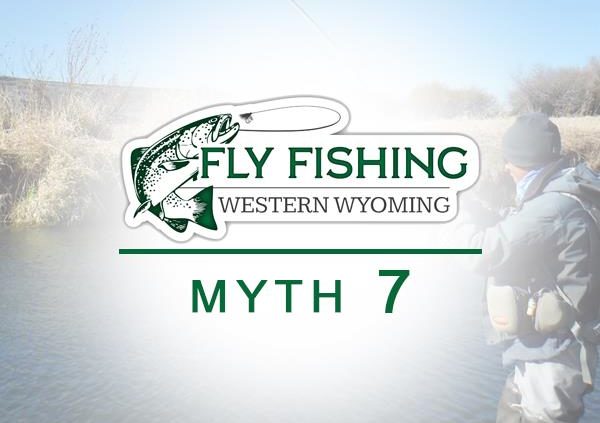Catch and Release
Catch and Release
Facts: I have been communicating with Tyler Allen at Rajeff sports and I would like to pass on some of the research that Tyler has shared. This research deals primarily with trout, as other species have various tolerances.
In normal circumstances, as many as 30% of fish caught and released will die within a few days. Factors that contribute to this situation are:
1. Water temperatures – as water temperatures rise above 60°, fish – large fish especially – become more and more stressed because of the fact that warmer water holds less oxygen. This becomes very critical as temperatures reach the mid-60s to higher 60s.
- By mid-August, the Green sometimes has temperatures in the high 60s. We will not fish in these conditions.
- The Smiths Fork seldom gets into the 60s. No real restrictions due to high water temps.
- The Hams Fork normally runs from 56° to 62° – with occasional temps in the mid-60s, especially a few miles down from the dam. We need to be careful.
- Playing fish for longer periods of time creates a build-up of lactic acid which when insufficiently dispersed, will cause fatalities. This is a reason we use 5x tippets and larger on the Hams Fork. Playing fish for “the fun of it” is unsportsmanlike. Using a net helps land the fish more quickly.
- Holding fish out of the water for more than just a few seconds is very damaging. This negative effect is exacerbated by how long the fish was played, how warm the water is, how big the fish is, and how the fish is held.
- Holding fish out of the water, especially larger fish can cause serious injury to a fish’s internal organs. Fish are used to a near weightless environment. The force of gravity displaces internal organs. We will begin being more mindful of this problem.
- We use small-mesh rubber nets to minimize the loss of slime coating critical to a fish’s health. When you are fishing alone, PLEASE use such a net, and please never drag a fish onto a bank.
- A critically injured fish will swim away, but that doesn’t mean it will live.
Conclusion: Again, we hope this has been helpful in understanding the dynamics of catch and release practices. No matter how careful we are, a percentage of fish will die. Our job is to make that percentage as small as possible! Let’s be good stewards of our resource! Let’s not let our egos kill fish! Please help us by understanding the attached photographing policy we will instate 2016.
While everyone we guide practices catch and release, lots of new and old research tells us that regardless of the care taken, there is a mortality rate. What we’d like to do is keep the damage done to a minimum.
Here are some basic rules we will be following starting in the 2016 season:
- We won’t take pictures of every fish you catch. In all probability, you will catch one of the biggest trout of your life. We will take a picture of your first fish if it is important to you. After the first fish, our policy is generally to take a picture of only very special fish – extremely colored or extremely big.
How we take pictures
- The client holds the net and the guide removes the fly while the fish is in the water and in the net. (Barbless hooks only.) If the fish requires some reviving, it is done at this time. If the fish doesn’t act normal almost immediately, the pictures are off the table and the only priority is reviving it and returning it to the water.
- The camera is readied while the client puts the rod on the bank, and the fish remains in the water.
- The client kneels in the water while wetting his/her hands.
- The client reaches into the net and gently cradles the fish. One hand under the shoulders with no fingers or thumbs around the fish. The other hand holds the fish around the tail.
- The fish has gently lifted a very short distance and for a very brief period of time.
- The picture is snapped within a few seconds and the fish is returned to the water. If the fish is a flopper and/or the client unable to hold it properly, there will be no pictures.
Pictures of the fish can be taken in the net and even underwater. It really isn’t encouraged that fish be removed from the water. Large fish especially should be photographed in this manner. We hope our clients understand our catch and release protocols. We want to catch the same fish next year – or next week! And that might be you




Leave a Reply
Want to join the discussion?Feel free to contribute!